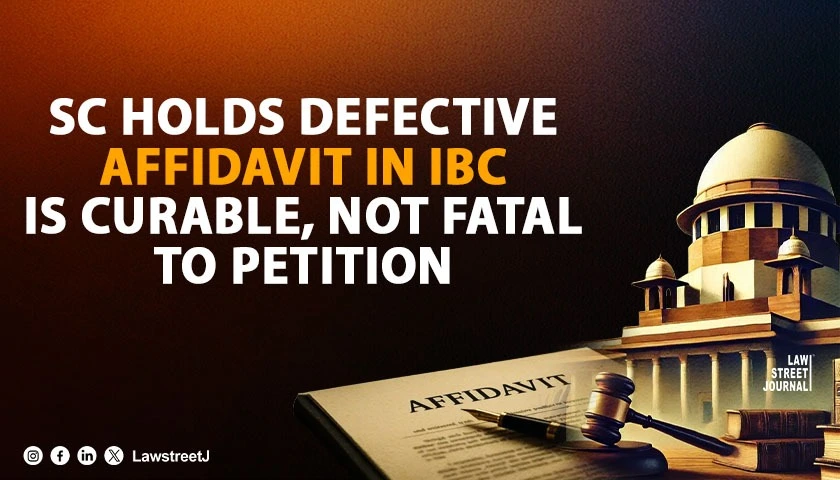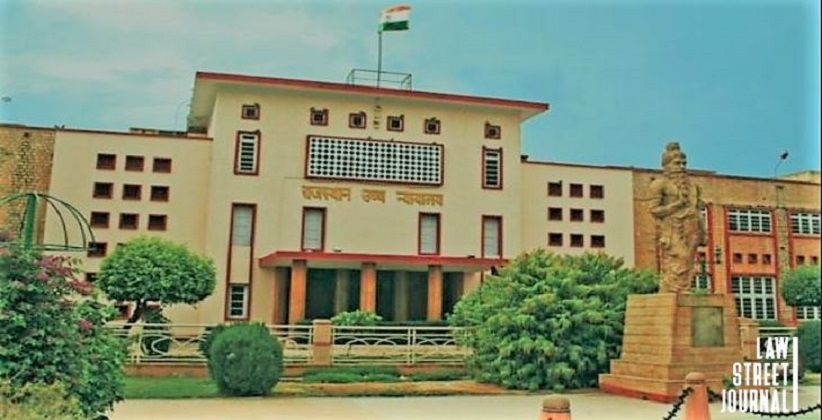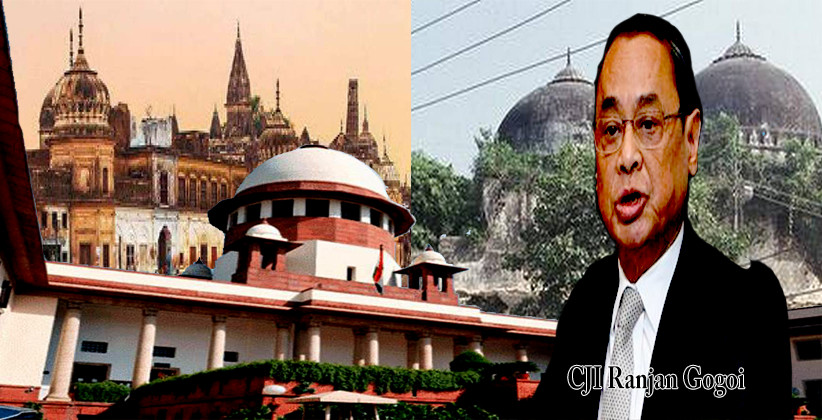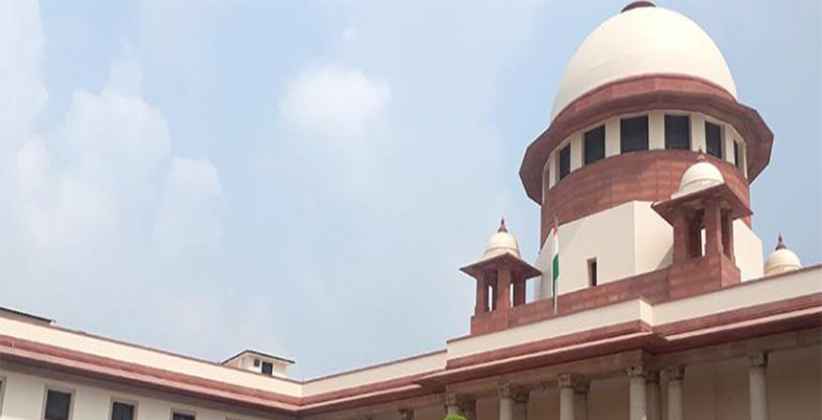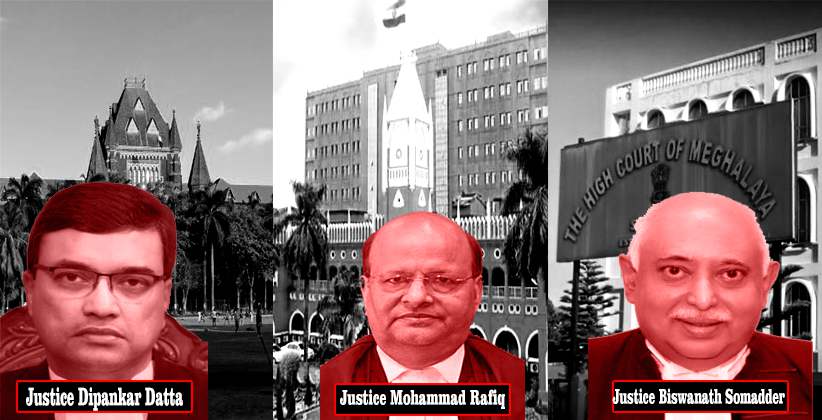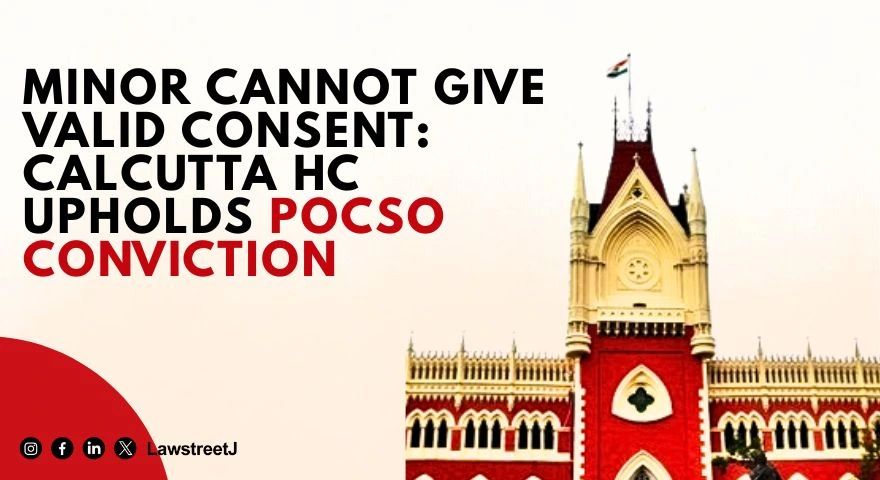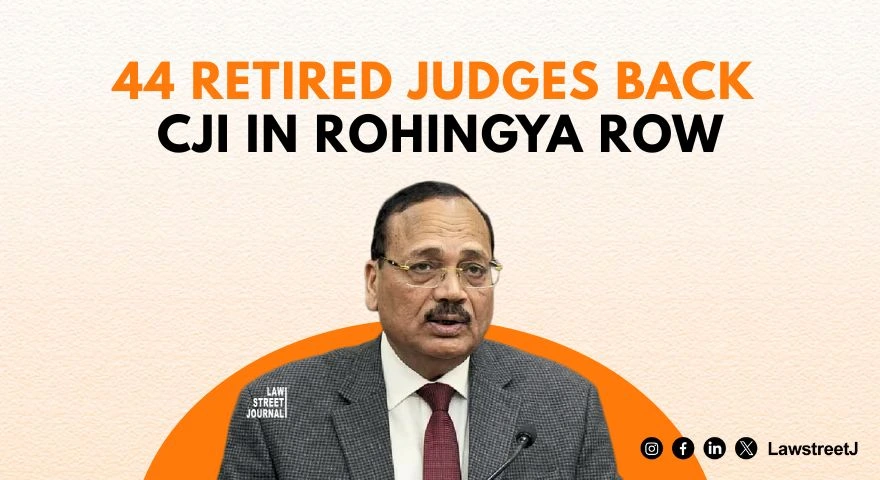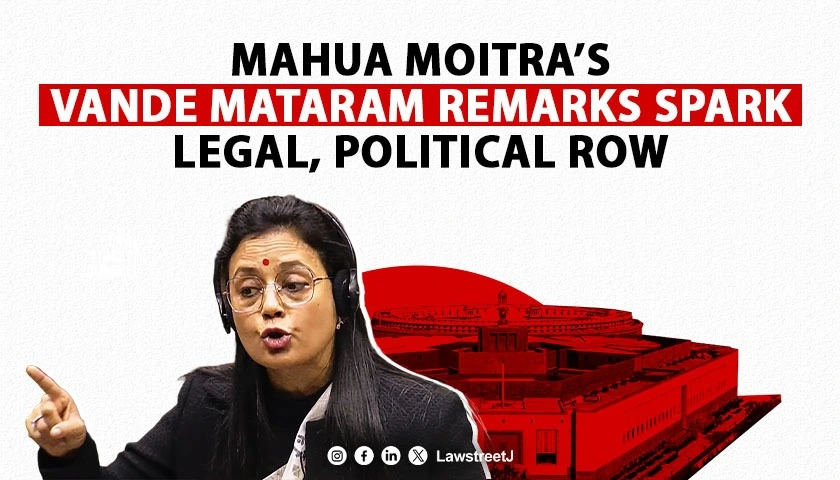New Delhi: The Supreme Court has ruled that a defective affidavit supporting a Section 7 application under the Insolvency and Bankruptcy Code does not render the application non est or liable to automatic rejection, emphasizing that procedural irregularities should not defeat substantive rights.
A bench comprising Justice Sanjay Kumar and Justice Alok Aradhe examined whether strict compliance with verification formalities should result in threshold rejection of insolvency applications, while highlighting the mandatory nature of notices under the IBC’s substantive provisions.
The Court heard Civil Appeal No. 11766 of 2025 filed by Livein Aqua Solutions Private Limited, challenging an NCLAT order dated 27.08.2025, which had restored a Section 7 application filed by HDFC Bank Limited. The narrow issue was whether an application verified on 26.07.2023 but supported by an affidavit dated 17.07.2023 should be rejected at the threshold.
HDFC Bank had extended a loan facility of ₹5.5 crores to the appellant company, which became a non-performing asset on 04.08.2019. The bank subsequently filed an application under Section 7 of the IBC in Form 1 as required under Rule 4(1) of the Insolvency and Bankruptcy (Application to Adjudicating Authority) Rules, 2016.
The NCLT’s scrutiny section identified defects in the application. A consolidated notice dated 10.10.2023 was issued by the Joint Registrar, covering 26 petitions/applications, including the bank’s, calling upon all concerned to remove defects within seven days, failing which suitable orders would be passed under Rule 28(3) of the NCLT Rules.
When the bank failed to refile after removing defects, the Joint Registrar refused to register the application vide order dated 18.10.2023. The bank’s appeal under Rule 63 of the NCLT Rules was initially allowed on 08.02.2024, giving another opportunity to cure defects. However, the application was ultimately rejected on 18.06.2024 as defects remained unattended.
The NCLAT allowed the bank’s appeal, holding that when an application is filed with a defective affidavit, it would not be non est as the defect is curable. However, the NCLAT restored the company petition straightaway without requiring the defective affidavit to be cured first, prompting the company’s appeal.
The company argued that the application was non est as it violated Rule 10(1) of the NCLT Rules. The bank conceded the application was defective but contended that the defect was curable by filing a fresh affidavit.
Justice Sanjay Kumar, writing for the bench, first addressed the procedural framework. The Court noted that neither Rule 4(1) nor Form 1 requires a Section 7 application to be supported by an affidavit. Rather, it is Rule 34(4) of the NCLT Rules that prescribes that every petition or application shall be verified by an affidavit in Form NCLT-6.
Crucially, the Court examined the proviso to Section 7(5)(b) of the IBC, which states: “The National Company Law Tribunal shall, before rejecting the application under Section 7(5)(b), give a notice to the applicant to rectify the defect in his application within seven days of the receipt of such notice.”
The bench found a procedural lapse: “Admittedly, no notice was given to the respondent-bank under the proviso to Section 7(5)(b) of the IBC. The notice dated 10.10.2023 was a consolidated notice issued by the Joint Registrar of the NCLT in relation to 26 petitions/applications.”
The Court emphasized: “There was no mention in either the notice dated 10.10.2023 or the order dated 18.10.2023 of the proviso to Section 7(5)(b) of the IBC. Pertinently, the proviso requires notice to be given to the applicant itself to rectify the defect within seven days of receipt.”
Citing its decision in Dena Bank (now Bank of Baroda) vs. C. Shivakumar Reddy, the Court reiterated that the proviso obliges the adjudicating authority to give notice to an applicant to rectify defects and that there is no penalty for inability to cure defects within seven days — the authority may accept a cured application even after expiry.
The bench held: “Issuance of a notice to an authorized representative of the respondent-bank was not enough to satisfy the mandate of the proviso to Section 7(5)(b) of the IBC. The IBC, being the substantive legislation governing the application filed under Section 7, requires that notice to cure defects be issued strictly in terms of the said provision.”
Addressing the non est argument, the Court stated:
“We are not persuaded to accept the argument … that the defective affidavit filed in support of the application under Section 7 was sufficient to hold the application itself liable to be rejected as non est.”
The bench observed:
“Mere filing of a defective affidavit would not render the very application non est, as it is neither an incurable nor a fundamental defect.”
Relying on Vidyawati Gupta vs. Bhakti Hari Nayak and Uday Shankar Triyar vs. Ram Kalewar Prasad Singh, the Court reiterated that procedural rules are meant to advance justice, not defeat it, and curable defects should not nullify substantive rights.
The Court concluded:
“Procedure, a handmaiden to justice, should never be made a tool to deny justice or perpetuate injustice by any oppressive or punitive use.”
While affirming the NCLAT’s finding that proper notice under Section 7(5)(b) was not given, the bench noted:
“However, the NCLAT ought to have asked the respondent-bank to cure the defective affidavit at that stage, instead of ignoring the same and directing the NCLT to proceed on merits.”
The appeal was disposed of with directions to the bank to cure all defects, including the defective affidavit, within seven days, after which the NCLT shall hear the matter in accordance with law.
Case Title: Livein Aqua Solutions Private Limited vs. HDFC Bank Limited

